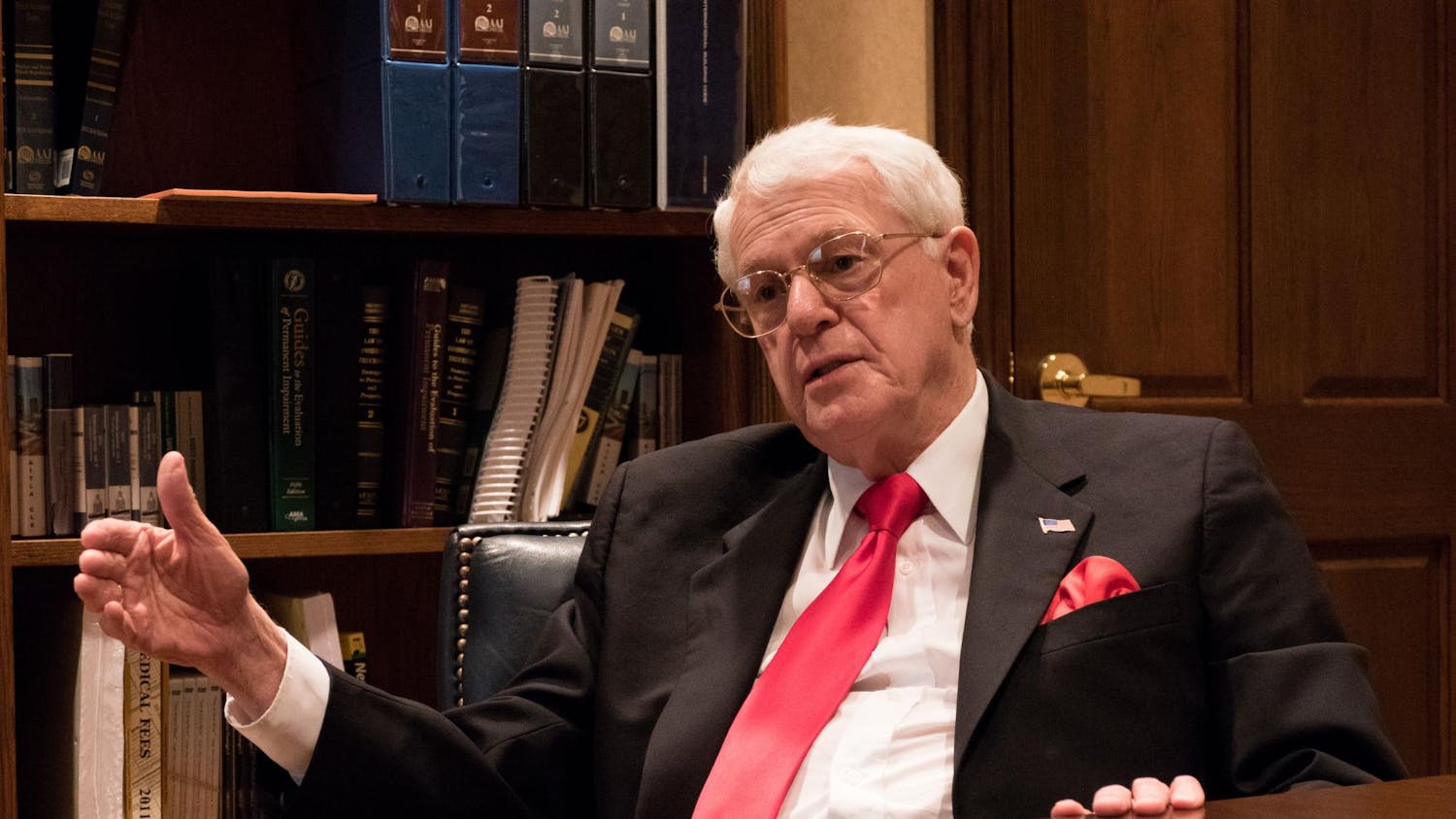Indiana is one of 27 states showing a decrease in traffic fatalities since 2005. Law enforcement officials say this decrease is because of increased seat belt usage, safer-made automobiles and increased traffic enforcement.\nA report by the Indiana State Police reveals that in 2007, 883 people were killed on Indiana roadways. This number is down from the 902 traffic-related deaths that occurred in 2006 and 938 deaths in 2005.\nIndiana’s decline in traffic deaths mirrors the national traffic fatality statistics released by the National Highway Traffic Safety Administration. Nationally, 42,642 traffic-related deaths were recorded in 2006, down from 43,510 in 2005. New Hampshire and Missouri were the states reporting the largest decreases in traffic fatalities.\nLt. George Schneider of the Indiana State Police, who works in the Putnamville Post, said the agency recognizes the change.\n“We are quite proud that Indiana is leading the country in decreased accident fatalities,” Schneider said.\nSchneider said there are many reasons for Indiana’s decrease, including the increased use of safety restraints as well as an increase in traffic enforcement.\nTypes of aggressive driving, such as speeding and following cars too closely on the highway, frequently cause fatal accidents, Schneider said. He said law enforcement officials are focusing on stopping drivers who are violating these laws.\nSchneider said the zero-tolerance policy for restraint violations has also contributed to the decrease in accident deaths.\n“If you are stopped and you are not belted and your child is not restrained properly, you will get a ticket,” Schneider said. He said the cost of the ticket varies by jurisdiction, but typically includes a fine and court costs.\nCapt. Jerry Minger from the IU Police Department said that while IU police do enforce seat belt safety laws, most officers issue a warning prior to a citation. But Minger said more people are now wearing their seat belts.\n“People’s consciousness has changed,” Minger said, “but they do enforce it when they come up on it.”\nSchneider said the number of alcohol-related accident fatalities has decreased, and he commends organizations like Mothers Against Drunk Driving for making driving drunk a social taboo. He said that over the past 25 years, MADD has managed to get statutes enacted that have changed society’s attitude toward drunk driving.\nSchneider said he also commends sororities and fraternities on IU’s campus for having designated drivers and limiting their alcohol usage.\nSchneider said 17- to 24-year-olds are the victims of most traffic deaths, despite the overall decrease. Educational programs in high schools are trying to combat this statistic, Schneider said. He also said officers are starting to see more motorcycle fatalities.\nScott Mellinger, chief deputy for the Monroe County Sheriff’s Department, said Monroe County has taken advantage of the federal dollars available that pay officers overtime to do selective traffic enforcement. This funding is available to all districts in Indiana, Mellinger said.\nTroopers regularly work 40 hours per week, Mellinger said. The increased federal funding allows them to work two to three extra hours per week, during which they run radar and look for drivers under the influence. That is part of the reason why fatalities rates have gone down, Mellinger said.\n“We have more troopers out there vigorously enforcing the traffic laws,” Schneider said.
State traffic fatalities down in 2007
Get stories like this in your inbox
Subscribe




